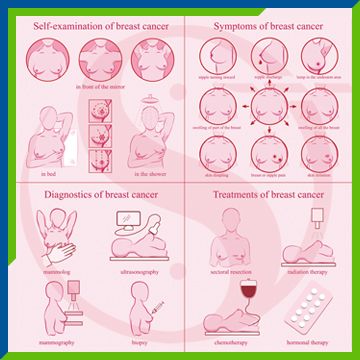Heart Disease in Women: What You Need to Know
Heart disease is often thought of as a predominantly male issue, but the reality is that it affects women just as much. In fact, heart disease is the leading cause of death for women in the United States, surpassing all forms of cancer combined. Despite this alarming statistic, awareness of heart disease in women remains low, leading to underdiagnosis and undertreatment. In this article, we will explore the unique aspects of heart disease in women, including risk factors, symptoms, and prevention strategies.
Risk Factors
While some risk factors for heart disease are common to both men and women, such as high blood pressure, high cholesterol, and smoking, women also have specific risk factors to consider. These include:
Family history of heart disease
Menopause
Pregnancy complications
Autoimmune diseases
Mental health issues
It is important for women to be aware of these risk factors and discuss them with their healthcare provider to develop a personalized risk-reduction plan.
Symptoms
Women often experience different symptoms of heart disease compared to men. While chest pain is a common symptom for both genders, women are more likely to have subtler symptoms, such as:
Shortness of breath
Fatigue
Indigestion
Back pain
Jaw pain
These atypical symptoms can make it challenging to diagnose heart disease in women, leading to delays in treatment. It is essential for women to pay attention to any unusual symptoms and seek medical attention if they suspect they may be experiencing heart issues.
Prevention Strategies
Fortunately, heart disease is largely preventable through lifestyle modifications. Women can reduce their risk of heart disease by:
Eating a healthy diet rich in fruits, vegetables, whole grains, and lean proteins
Exercising regularly
Maintaining a healthy weight
Managing stress
Quitting smoking
Additionally, women should have regular check-ups with their healthcare provider to monitor their heart health and address any risk factors early on.
Conclusion
Heart disease is a significant health concern for women, and it is vital that they are aware of the unique aspects of heart disease in their gender. By understanding the specific risk factors, symptoms, and prevention strategies for heart disease in women, individuals can take proactive steps to protect their heart health and reduce their risk of developing cardiovascular issues. Remember, it is never too early or too late to start prioritizing your heart health. Take control of your wellness and empower yourself with the knowledge and resources needed to live a heart-healthy life.


